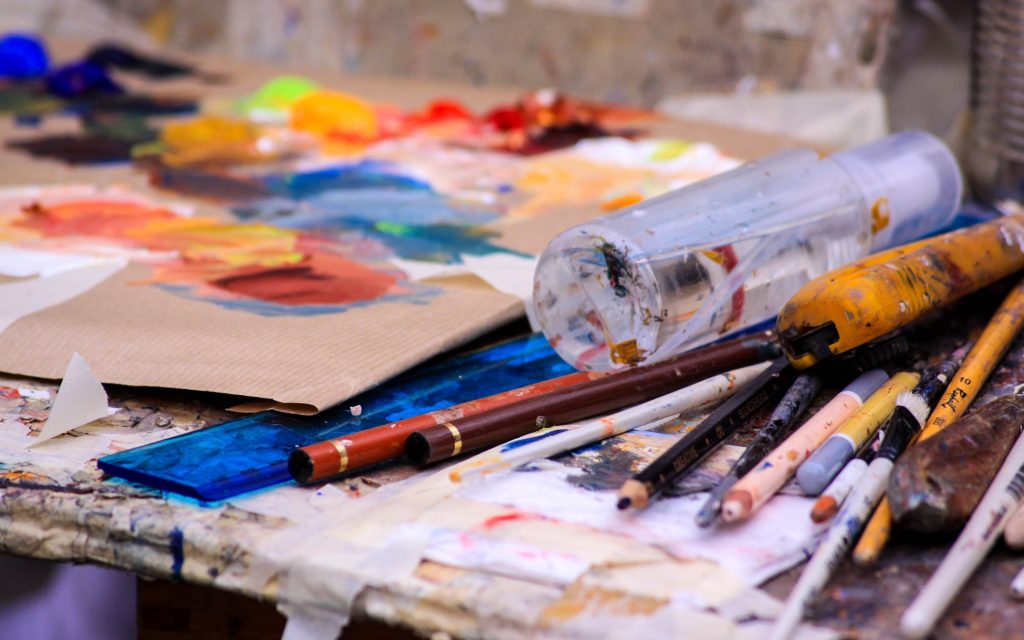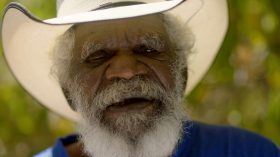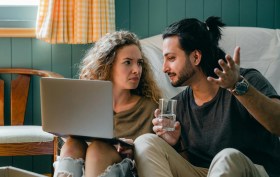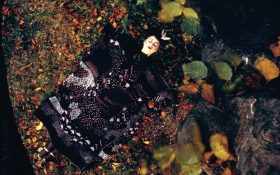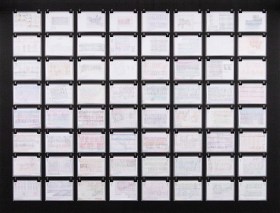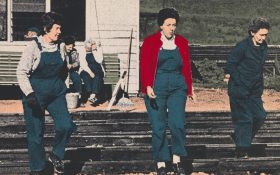Mob right across Australia are finding ourselves at the centre of major national political discourse regarding where and how our Recognition and Indigenous Affairs bureaucracy and policy will be set within our Constitution. No matter one’s views on the Voice to Parliament and/or Constitutional Recognition, the political matters for our peoples in the arts (the Indigenous art sector, namely) have been ever-present and are at the fore.
Claims of non-Indigenous interference in artworks, at and within certain Indigenous art centres, are the most concerning – not just for those at the centres currently, but for all Indigenous arts organisations and ventures that are led, bolstered or steered by non-Indigenous peoples. Some are true allies, whereas others are more insidiously compelled by Creative Insertionism and ego. It’s the latter type who are of concern and who are referenced by the term “non-Indigenous arts workers” herein.
